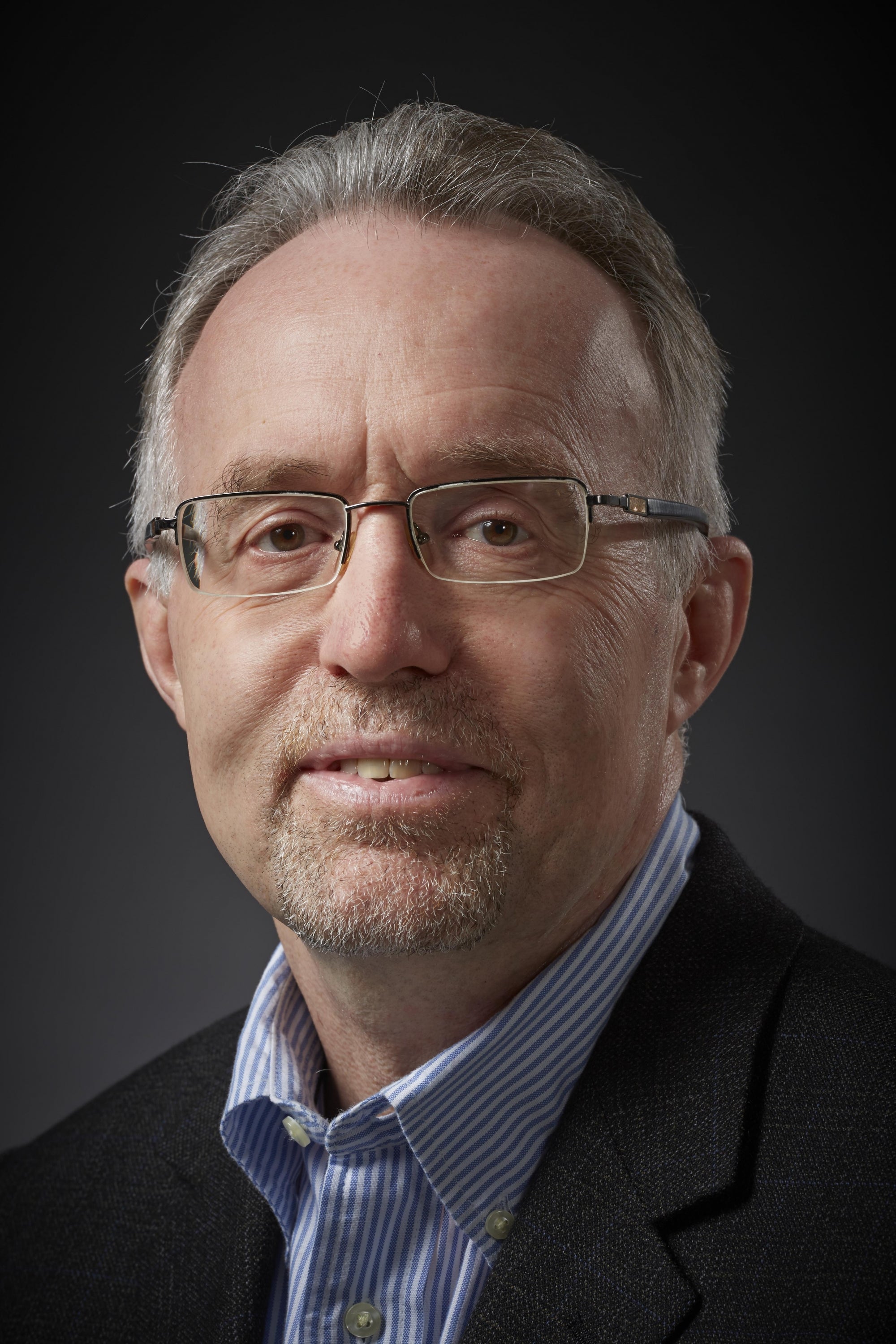Discrimination and poverty aren’t the only factors behind the radicalization of youth who leave home to fight in Syria, says Lorne Dawson

While other researchers studying foreign fighters from European countries have emphasized the role of discrimination, poverty and unemployment as motivating factors, Lorne Dawson found young, educated people on a “quest for significance.”
“Most of them explained that they came from what they called comfy or privileged backgrounds; they felt their families were well enough off,” he says. “Half of them had gone to college or university and 33 percent had a university degree.”
As teens, they might be angered by the persecution of Muslims without fully understanding the complexities of politics and war. They might be searching for meaning through faith but don’t understand the nuances of the religion they think they are defending. The choice to go is theirs, but they’re vulnerable to some manipulation, says Dawson.
Salafi jihadists offer simple answers
“Salafi jihadists offer a really clean, simple answer: If you want to achieve paradise, you must defend your fellow Muslims against persecution, and that means you have a personal obligation to take up violent means to do that,” he says. “I’ve read this literature. It’s very persuasive. It’s easy to imagine how an angry 18-year-old could find it very convincing.”
Since 2014, Dawson and postdoctoral fellow Amarnath Amarasingam have been interviewing foreign fighters in Syria —25 young men who left their homes in Canada, the United States, United Kingdom and Europe, among other places, to fight for jihadi and rebel groups in the war. The interviews were done through social media, mainly Twitter and Kik Messenger, and focused on their backgrounds and the radicalization process. They also interviewed 40 family members and friends of foreign fighters.
Potential terrorists are often from ordinary families
Identifying potential terrorists is challenging, says Dawson, because they’re often seemingly unremarkable. Sometimes, they are second-generation immigrants, or they have immigrated at a young age, and feel pulled between their parents’ culture and peers’ values. Sometimes, they’re born here and convert to Islam in adolescence. They’re typically from ordinary families and many do well in school. Like many youth, they’re driven to be somebody, pursuing what social psychologists call a quest for significance, and they’re willing to take risks.
Unlike most of their peers, they feel alienated by the culture around them. “There's this constant theme about moral corruption in the West, about feeling morally challenged and tempted and about needing to find the right, clear path if they want to achieve salvation,” says Dawson. Some spoke of avoiding campus so they wouldn’t be exposed to women.
Youth start looking for answers online
They’re also learning more about the treatment of Muslims worldwide and starting to think more fully about what it means to be a Muslim. If they can’t find satisfying answers at home or at their mosque, they usually go online, where they encounter the jihadist message.
Thanks to social media, groups like the so-called Islamic State of Iraq and Syria don’t need to stand on street corners handing out brochures, like religious movements of the past. They make sure their messages are spread far and wide online, through hundreds of tweets a day, well-crafted videos in 12 languages and carefully trained recruiters monitoring and reaching out to troubled youth.
“They are flooding the world with propaganda,” says Dawson. “If you’re a young man, there’s a huge supply of material to tempt you.”
Radical jihadi groups and cults have similarities
There are many similarities between radical jihadi groups and new religious movements, or cults, says Dawson. They both target youth at about the same age and use similar language to recruit youth, he says, and those who join are being drawn to a new and higher sense of purpose in their lives
Most people who join new religious movements leave voluntarily within two years. “That suggests that they’re working out identity issues and, when they resolve them, they realize they don’t need the group anymore. And what do they do? They usually go back to school, back to work, back to their families.” Not so with those who’ve committed crimes on behalf of terrorist groups; they must now live in secret for fear of either being killed by the group or arrested. So accessing them to grasp how they understand their choices and whether they wish they could return to normal life is very challenging.
The key is to try to prevent teenagers from becoming radicalized in the first place. Though more research is needed, Dawson says mentorships hold a lot of potential. Social workers, psychologists, imams and teachers could help youth direct their faith, passion and frustration to more positive ends, helping refugees, for instance.
There have been a few cases of people who joined radical Islamist groups abroad, came back a few years later and reintegrated back into society. “None of them have left the issues behind,” says Dawson. “They’ve just recognized that there are better ways of doing things than engaging in violence — that we need to advocate for human rights, promote better foreign policy and, in many Western societies, start integrating the Muslim community better into the life of cities.”